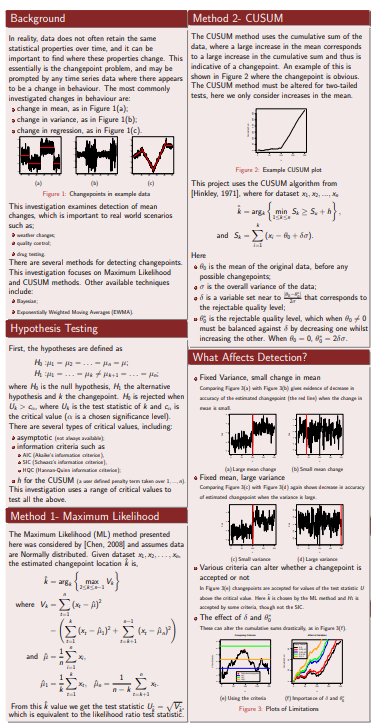I am working on a time series forecasting problem ,I used Dickey–Fuller test to check the stationary of the time series and the p value is 0.000835 , hense I rejected the null hypothesis and assumed that it's a stationary time series.
I decomposed the time series and the trend component does not have any particular pattern.plot-
I want to ask how can we justify that a time series has any particular trend, Is this decomposition enough to ensure and guarantee that this time series has no trend ?
Plot of rolling mean-
Plot of rolling variance-



